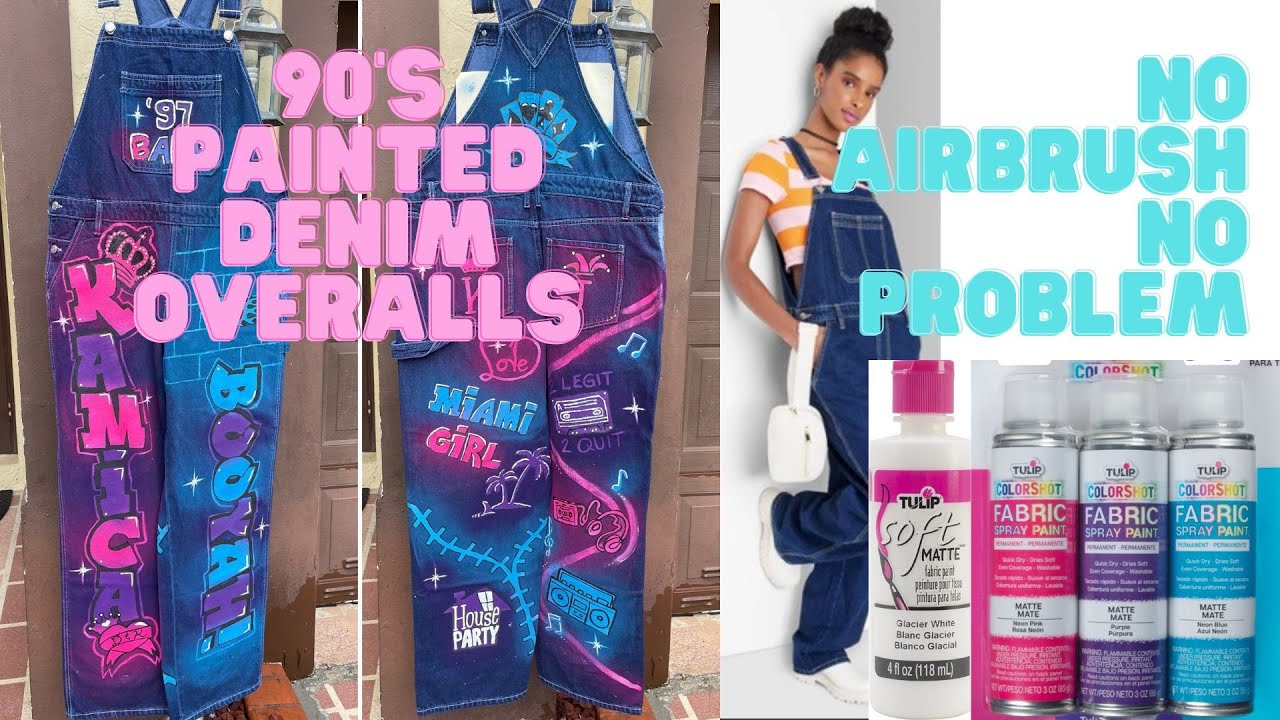The 90s Fabric: Unleashing Nostalgia, Style, and Versatility
Step into a time capsule and rediscover the iconic 90s fabric that continues to captivate fashion enthusiasts and trendsetters alike. This extraordinary textile effortlessly blends nostalgia, style, and versatility, making it a must-have for any fashion-forward individual. With its unique combination of comfort and durability, this fabric transcends time and trends, ensuring its everlasting appeal for generations to come.
Indulging in the allure of 90s fabric means embracing a kaleidoscope of bold colors, vibrant patterns, and eye-catching textures. Its playful nature allows for boundless creativity, offering endless possibilities for designing garments that exude personality and individuality. Whether it’s a grunge-inspired plaid flannel shirt, a slinky slip dress adorned with mesmerizing abstract prints, or a relaxed denim jacket, this fabric effortlessly adds a touch of nostalgia and authenticity to any ensemble.
Beyond its undeniable aesthetic charm, the 90s fabric also boasts unparalleled versatility. From lightweight and breathable cotton blends to luxurious velvets and sleek satin, this fabric adapts to diverse styles and occasions effortlessly. Whether you’re aiming for a laid-back casual look or striving to make a bold statement at a special event, this fabric has got you covered.
So, indulge in a journey down memory lane and envelop yourself in the allure of the 90s fabric. With its ability to transport you to an era of self-expression and fearless experimentation, there’s no doubt that this fabric will reignite your passion for fashion and keep you coming back for more.

The Rise of 90s Fabric: A Nostalgic Journey
The 1990s was a decade known for its distinctive fashion trends, and one of the key elements that defined this era was the fabric used in clothing and accessories. From grunge-inspired flannels to vibrant neon colors, 90s fabric was all about expressing individuality and embracing boldness. In this article, we will explore the various types of fabric that dominated the fashion scene during this iconic era.
The Versatility of Denim
Denim was all the rage in the 90s, and it became the ultimate symbol of casual coolness. From baggy jeans to denim jackets, this fabric was a staple in every fashion enthusiast’s wardrobe. What made denim so popular was its versatility – it could be dressed up or down, making it suitable for various occasions. Denim also came in different washes, including acid wash and stone wash, adding an extra touch of edginess to any outfit.
The Grunge Movement and Flannel
The grunge movement of the 90s brought a rebellious and nonchalant attitude to fashion. And nothing epitomized this more than flannel shirts. This fabric, usually made of soft cotton or wool, was characterized by its distinctive plaid patterns. Grunge enthusiasts embraced oversized flannels, often pairing them with ripped jeans and combat boots. The popularity of flannel in the 90s showcased society’s longing for a more relaxed and carefree style.
The Vibrant World of Velvet
One of the most glamorous fabrics of the 90s was velvet. This luxurious and soft material was a favorite among fashion-forward individuals who wanted to make a statement. Velvet dresses, tops, and even accessories were all the rage during this era. The fabric’s rich texture and vibrant colors added a touch of sophistication to any outfit. From deep purple to emerald green, velvet allowed fashion enthusiasts to express their individuality in a bold and elegant way.
The Futuristic Appeal of Spandex
When it came to embracing a futuristic and athletic aesthetic, spandex was the go-to fabric. This stretchy and form-fitting material was often used in activewear and dancewear. The rise of popular music genres like pop and hip-hop contributed to the popularity of spandex, as artists and dancers sought outfits that allowed them to move freely on stage. The shiny and sleek appearance of spandex added an extra element of excitement to performances, captivating audiences with its unique appeal.
The Revolution of Rayon
Rayon, a semi-synthetic fabric, revolutionized the fashion industry in the 90s. It offered a more affordable alternative to silk, making luxurious-looking garments accessible to a wider audience. Rayon’s lightweight and breathable nature made it perfect for summer clothing, and its ability to drape beautifully on the body added an air of elegance to any silhouette. From flowy dresses to tailored suits, rayon became a popular choice for those who wanted to look effortlessly chic.
In Conclusion
The fabric choices of the 90s played a significant role in defining the fashion scene of that era. From the versatility of denim to the rebelliousness of flannel, each fabric had its own unique appeal. Velvet added a touch of glamour, spandex brought a futuristic vibe, and rayon revolutionized affordability and elegance. As we look back on the 90s, it’s clear that the fabric choices of that time continue to inspire and influence fashion trends even today.
Spray-Painted Denim Overalls: Embracing the 90s with No Airbrush Magic!
List of 90s Fabric
Table: 90s Fabric
| Fabric Type | Description | Popular Uses |
|---|---|---|
| Denim | Denim, a sturdy cotton twill fabric, was highly popular in the 90s. It gained iconic status due to its versatility and durability. Typically woven with indigo-dyed warp yarns and undyed weft yarns, denim offered a distinct blue color and a rugged texture. | Denim was widely used in the 90s for various fashion items, such as jeans, jackets, skirts, and vests. It became a symbol of rebellion and youth culture, often associated with grunge and alternative fashion movements. |
| Rayon | Rayon, a semi-synthetic fabric made from cellulose fibers, was another popular choice during the 90s. It offered a lightweight, breathable, and silky texture, making it ideal for summer clothing. | Rayon fabrics were commonly used for flowy dresses, blouses, and skirts in the 90s. Its drape and sheen added an elegant touch to both casual and formal attire. It was often combined with other fabrics or used as a lining material to enhance comfort. |
| Flannel | Flannel, a soft woven fabric typically made from cotton or wool, gained significant popularity in the 90s. It featured a brushed surface that provided extra warmth and comfort. | Flannel shirts were a staple of 90s fashion, worn by both men and women. The grunge movement heavily influenced the rise of flannel, as it represented a laid-back and effortlessly cool aesthetic. Additionally, flannel was used for pajamas, blankets, and accessories. |
| Velvet | Velvet, a luxurious fabric with a dense pile, experienced a resurgence in the 90s. It offered a rich texture, a slight sheen, and a soft touch, making it highly sought after. | Velvet was commonly used for evening wear, including dresses, blazers, and accessories like handbags and hair accessories. Its opulent appearance added glamour to various occasions, making it a favorite choice for formal events and parties. |
| Corduroy | Corduroy, a durable fabric featuring raised parallel ridges or “wales,” was a prevalent fabric of the 90s. It provided a distinctive texture and warmth, making it suitable for colder seasons. | Corduroy pants, jackets, and skirts were fashionable choices in the 90s. It was often associated with casual, relaxed attire and was embraced by various subcultures. Corduroy’s versatility allowed it to be dressed up or down depending on the occasion. |
This table showcases some of the popular fabrics that dominated the 90s fashion scene. Denim, with its rugged appeal, became synonymous with rebellion and alternative style. Rayon offered a lightweight and silky texture, perfect for the breezy summer days. Flannel, often associated with the grunge movement, provided warmth and comfort with its soft brushed surface. Velvet, known for its opulence, added a touch of glamour to evening wear. And corduroy, with its distinct ridges, offered both texture and warmth. These fabrics played a vital role in defining the fashion trends of the 90s, reflecting the cultural and stylistic shifts of the era.

